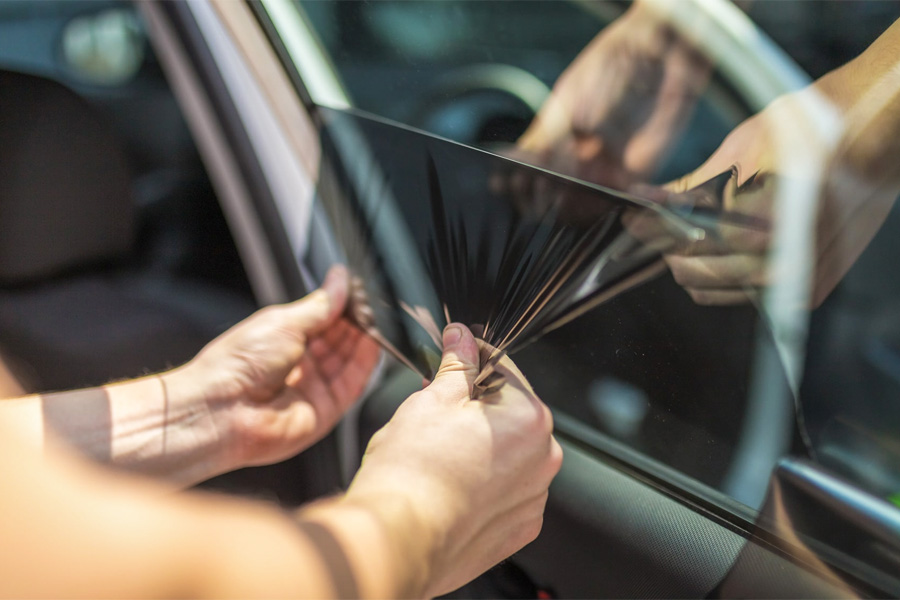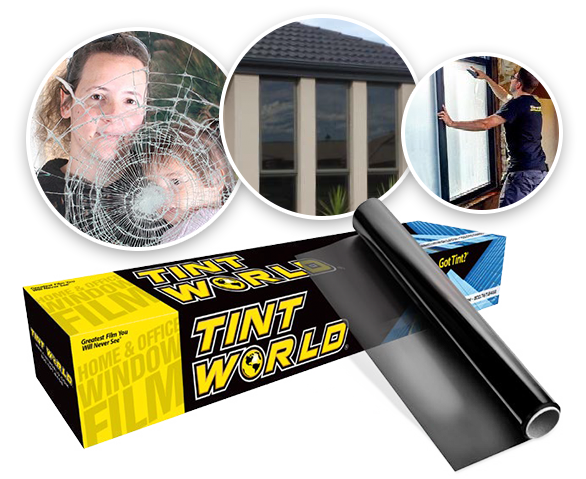Home Window Tinting Regulations and Guidelines: What You Need to Know Before Tinting Your Automobile
Prior to waging window tinting for your automobile, it is vital to acquaint yourself with the varied laws and standards that govern this technique across different states. These laws dictate the acceptable degrees of tint darkness, frequently measured by noticeable light transmission (VLT) percents, and consist of specific stipulations for front windscreens focused on guaranteeing road safety and security. Additionally, particular territories may supply medical exemptions for individuals with qualifying problems. Recognizing these complexities can conserve you from prospective legal ramifications, yet what are the certain rules in your state?
Summary of Home Window Tinting Laws
Home window tinting legislations are regularly based on variant across various territories, mirroring neighborhood policies and safety considerations. These legislations determine the permitted levels of tint darkness and reflectiveness on car home windows, making certain that vehicle drivers preserve sufficient presence while likewise protecting against damaging UV rays and warmth.
A lot of guidelines classify home window tinting based on the Visible Light Transmission (VLT) portion, which shows the quantity of light that can travel through the window. Usually, reduced VLT portions signify darker tints. Legislations usually distinguish between the front, side, and rear windows, with more stringent constraints put on the front windshield to improve security for both the driver and other road users.
Compliance with window tinting guidelines is essential, as infractions can result in penalties, required removal of the color, and prospective boosts in insurance premiums. It is important for automobile proprietors to acquaint themselves with local laws before proceeding with window tinting installments.
State-by-State Tint Rules
Understanding the particular window tinting policies in each state is vital for vehicle owners looking for to comply with the regulation. Each state in the U.S. has actually developed its very own collection of regulations governing home window tinting, which can differ significantly. These laws typically determine the allowable levels of tint darkness, the sorts of windows that can be tinted, and any medical exemptions that may use.
As an example, states like California have rigid restrictions on color darkness for front windows, while others, such as New Mexico, may permit darker colors. Furthermore, specific states mandate details visibility portions for different windows, including the windshield, front side home windows, and back windows. It is vital for vehicle owners to acquaint themselves with their state's laws to stay clear of possible fines or charges.
Moreover, some states might need a qualification sticker label to be positioned on colored windows, showing compliance with state laws. Failure to adhere to these laws not only runs the risk of legal consequences however can also impact security and presence while driving. For that reason, car owners ought to carry out thorough study or get in touch with regional authorities to guarantee complete understanding and compliance with state-by-state color policies.
Allowed Color Levels and Kinds
Several car proprietors may be surprised to learn that allowed color degrees and kinds vary commonly throughout various states. Each state has established its own laws concerning the permissible darkness and reflectivity of home window color, frequently determined by Visible Light Transmission (VLT) percents. VLT describes the quantity of light that can travel through the tinted home windows; hence, a reduced percent indicates a darker color.

Additionally, the types of tint materials allowed can differ, with some states banning mirror-like or metallic surfaces. It is his response crucial for vehicle proprietors to acquaint themselves with their state's certain regulations to ensure compliance. Non-compliance can result in fines, required elimination of the color, or other legal consequences, making it crucial to understand these regulations before waging setup.
Medical Exemptions for Tinting
While not all states give allowances for medical exceptions relating to home window tinting, those that do recognize the requirement for specific individuals to improve presence and comfort because of clinical problems. Numerous medical conditions, such as lupus, skin cancer, and certain eye problems, can make people particularly sensitive to sunshine. These people might need darker colors to safeguard themselves from hazardous UV rays and glare.

It is necessary to note that despite a medical exception, there may still be limitations on the level of color permitted. Conformity with state regulations ensures that individuals are both protected and within legal limits. Those considering clinical exceptions ought to call their neighborhood Department of Motor Automobiles or comparable authority to understand the demands and procedures essential to look for an exception properly.
Penalties for Non-Compliance
Failing to abide by home window tinting regulations can lead to considerable penalties, which vary by state. Legislation enforcement agencies are equipped to provide citations for automobiles that do not comply with the specified tinting regulations. These penalties typically consist of fines, which can vary from small amounts to a number of hundred dollars, relying on the intensity of the offense and the state in question.
In some territories, repeated offenses may lead to intensifying fines or added penalties, such as mandatory court looks. Additionally, non-compliance may demand the elimination of illegal tinting, usually at the owner's expense. In severe instances, regular wrongdoers might encounter suspension of their lorry registration till conformity is achieved.
Additionally, insurance ramifications might emerge from receiving several citations for window tint violations. Insurance providers may watch such infractions as a sign of riskier behavior, potentially leading to raised costs or difficulty in protection.
To prevent these fines, it is important for lorry proprietors to acquaint themselves with their regional window tinting regulations and make sure that their automobile complies (Window Tinting). This aggressive method not only avoids lawful ramifications but additionally promotes roadway safety and security
Final Thought

Most policies identify home window tinting based on the Visible Light Transmission (VLT) percent, which suggests the quantity look at these guys of light that can pass through the window. Compliance with home window tinting guidelines is crucial, as offenses can result in penalties, obligatory removal of the tint, and possible rises in insurance premiums.Understanding the particular window tinting regulations in each state is important for car proprietors seeking to comply with the legislation. These policies commonly dictate the permitted levels of color darkness, the kinds of windows that can be tinted, and any medical exemptions that might apply.
For circumstances, states like The golden state have rigid constraints on color darkness for front windows, while others, such as New Mexico, might permit darker tints.